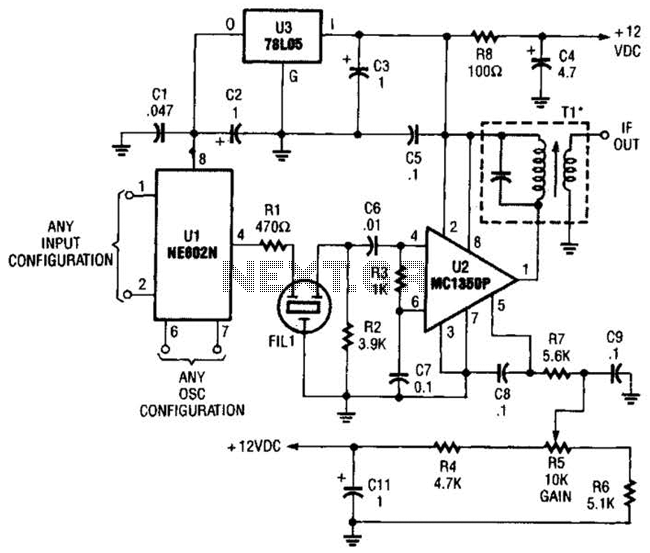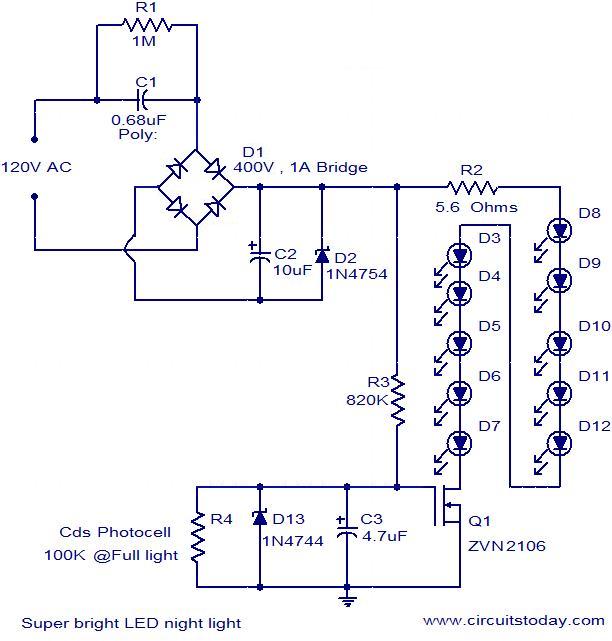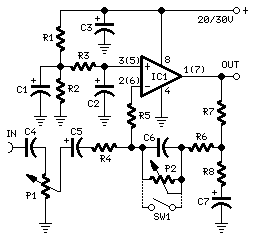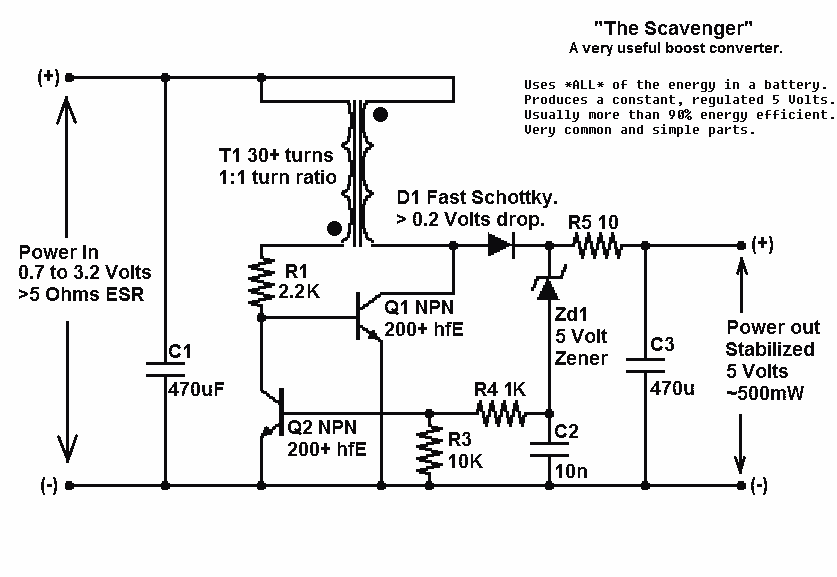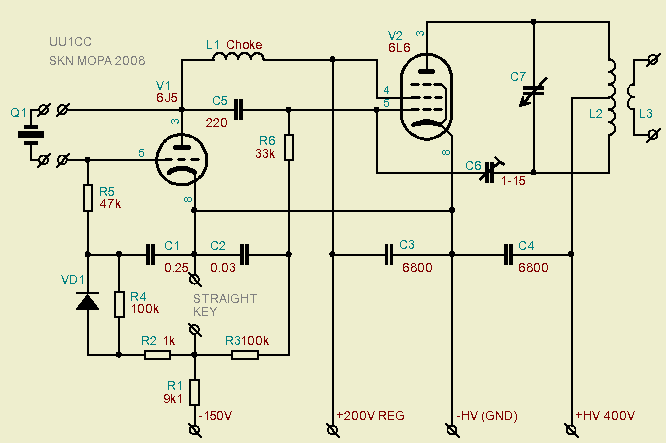
Super boost bass by UA741
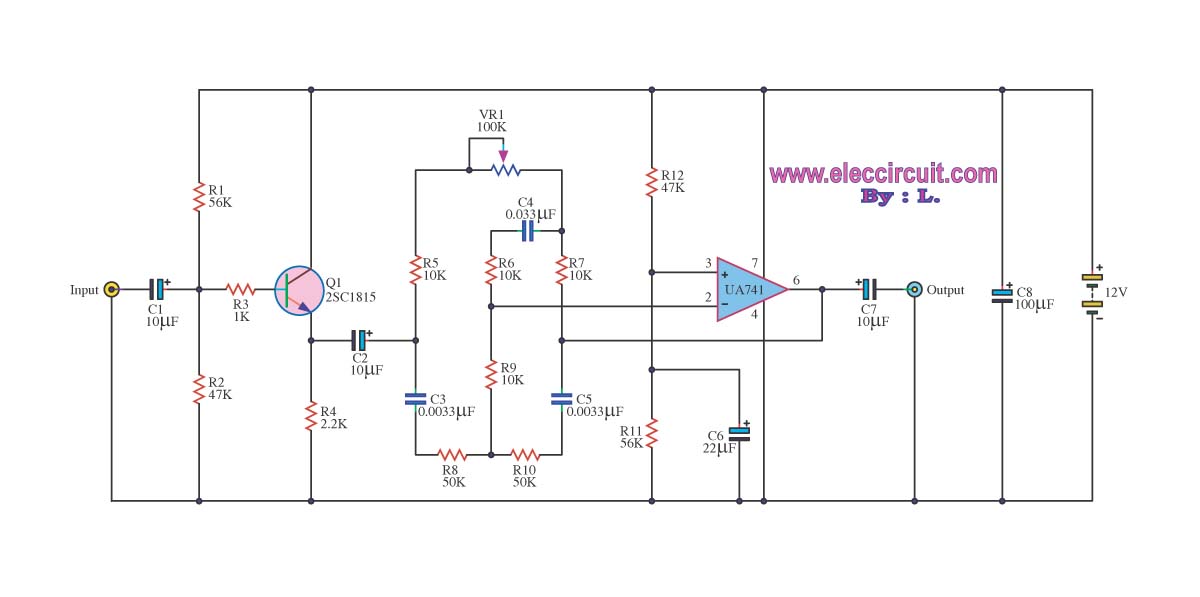
This circuit is a super boost bass circuit that functions as a low-pass filter. It enhances bass audio, making it more pronounced and suitable for individuals who enjoy deep bass sounds.
The super boost bass circuit utilizes a low-pass filter configuration to effectively attenuate higher frequency signals while allowing lower frequencies to pass through. This is particularly beneficial for audio applications where bass enhancement is desired, such as in home theater systems, car audio setups, or personal audio devices.
The circuit typically consists of passive components such as resistors, capacitors, and sometimes inductors, arranged to define the cutoff frequency. The cutoff frequency is a critical parameter that determines the point at which the filter begins to attenuate higher frequencies. The design can be adjusted to achieve the desired bass response by selecting appropriate component values based on the desired audio characteristics.
In practical applications, the circuit can be integrated with audio amplifiers or used in standalone configurations. The output of the low-pass filter is connected to the audio output stage, ensuring that the enhanced bass frequencies are delivered to the speakers or headphones.
Additionally, the circuit may include features such as gain control to adjust the level of bass enhancement, and it can be designed to operate with various audio sources, providing versatility in its use. Overall, this super boost bass circuit is an effective solution for audio enthusiasts seeking to enrich their listening experience with deeper bass tones.Super boost bass circuit this be low pass filter circuit model,which will low pass filter. By give bass audio that firm then convenient for a person who like.. 🔗 External reference
The super boost bass circuit utilizes a low-pass filter configuration to effectively attenuate higher frequency signals while allowing lower frequencies to pass through. This is particularly beneficial for audio applications where bass enhancement is desired, such as in home theater systems, car audio setups, or personal audio devices.
The circuit typically consists of passive components such as resistors, capacitors, and sometimes inductors, arranged to define the cutoff frequency. The cutoff frequency is a critical parameter that determines the point at which the filter begins to attenuate higher frequencies. The design can be adjusted to achieve the desired bass response by selecting appropriate component values based on the desired audio characteristics.
In practical applications, the circuit can be integrated with audio amplifiers or used in standalone configurations. The output of the low-pass filter is connected to the audio output stage, ensuring that the enhanced bass frequencies are delivered to the speakers or headphones.
Additionally, the circuit may include features such as gain control to adjust the level of bass enhancement, and it can be designed to operate with various audio sources, providing versatility in its use. Overall, this super boost bass circuit is an effective solution for audio enthusiasts seeking to enrich their listening experience with deeper bass tones.Super boost bass circuit this be low pass filter circuit model,which will low pass filter. By give bass audio that firm then convenient for a person who like.. 🔗 External reference
